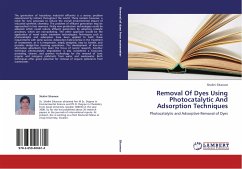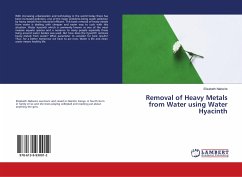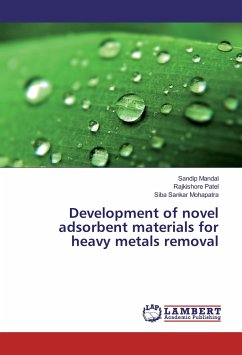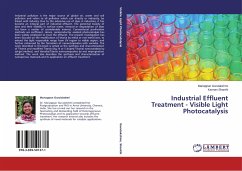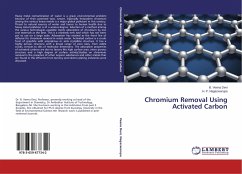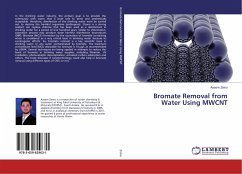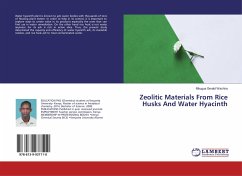Pollution of water due to presence of certain heavy metal ions is a severe socio environmental problem caused by the discharge of industrial wastewater. In view of their toxicity, non-biodegradebility and persistent nature, their removal becomes an absolute necessary. Chromium is one of the major pollutant in the environment and frequently present in wastewaters from various industrial units. Several methods are used for removal of chromium , among which the potential application of microorganisms as biosorbent for the removal of chromium has been recognized as an alternative to the existing conventional physico-chemical methods. The removal of Cr(VI) from bioreaction mixture using F. solani is a complex phenomenon involving Cr(VI) uptake by the strain and adsorption of Cr(VI) on the cell surface. These necessitates development of suitable operational strategy for efficient removal of Cr(VI) from the bioreaction mixture. The staged manner operation in continuous mode appears to be a better operational strategy for enhanced Cr(VI) removal as compared to the batch mode of operation at the same initial Cr(VI) concentration and at optimized dilution rate.


